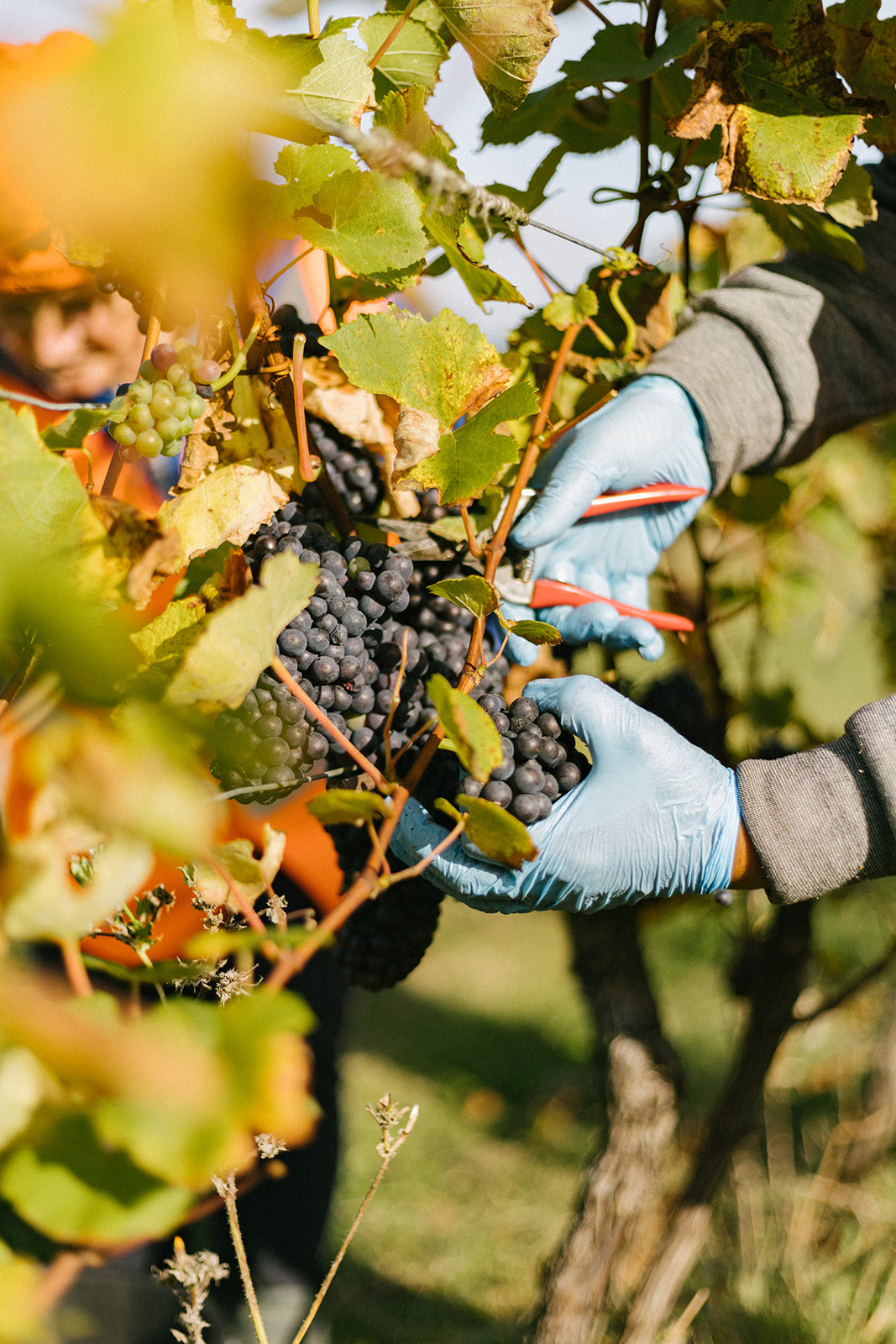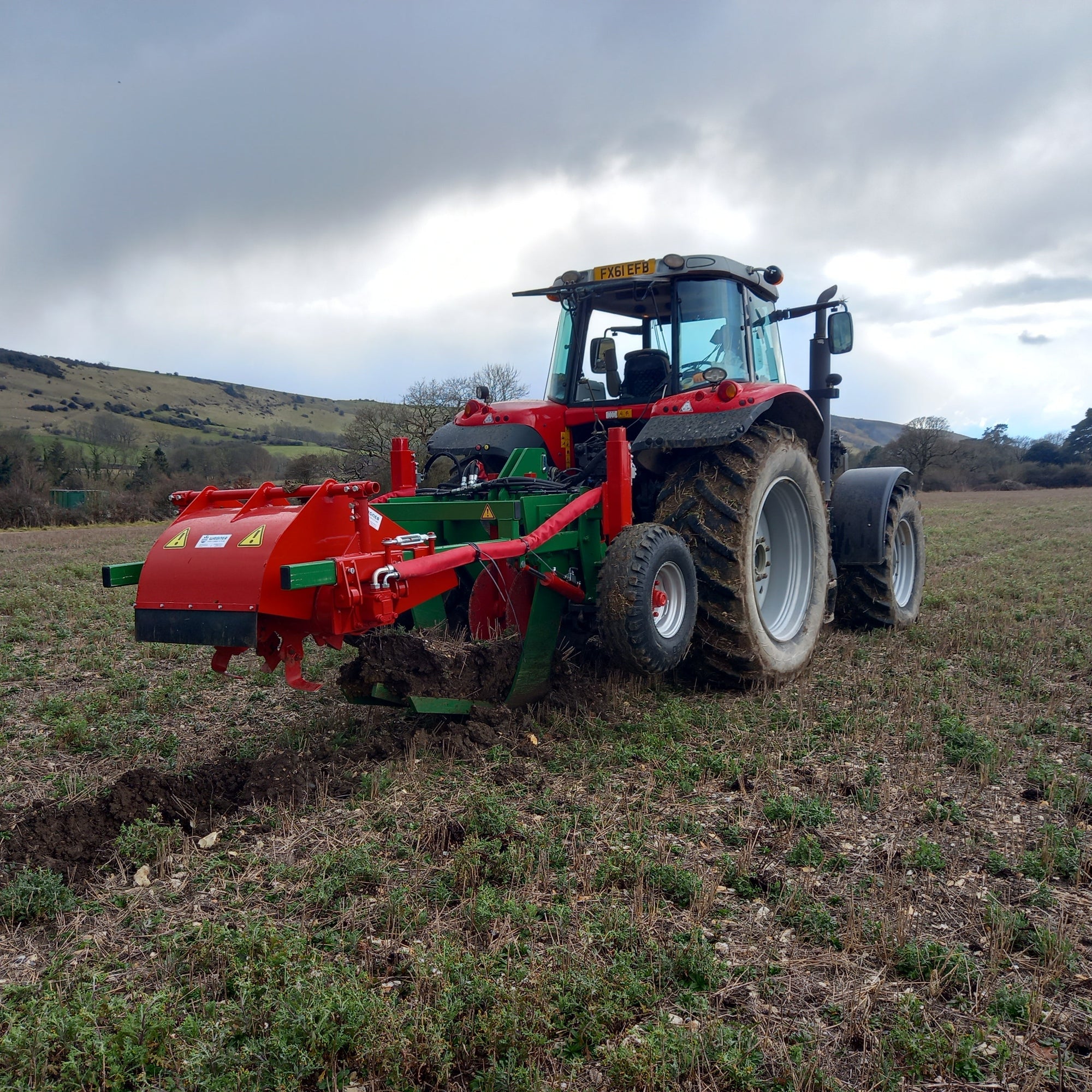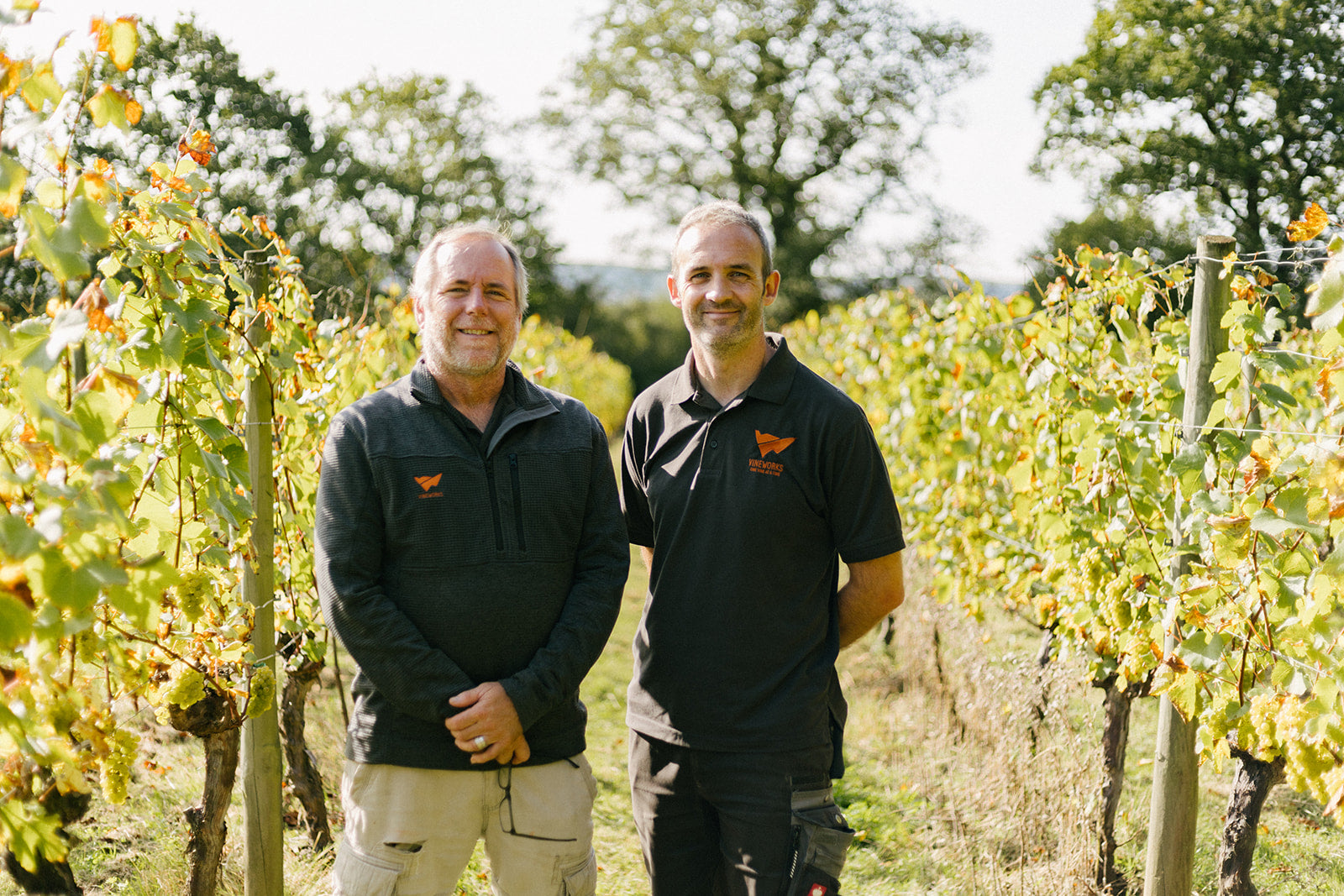

High Quality Harvesting: by Hand or Machine?
As we head towards autumn, thoughts turn to harvest planning and logistics. Yield estimates, picking dates, liaising with the winemaker/winery, crop protection, snips, buckets and crates, and plenty more.
Typically in England and Wales, the organisation of picking teams is also a crucial step. As a long-time supplier of labour crews to the industry, VineWorks see how hand harvesting facilitates high quality picking. It enables our skilled and experienced picking teams to make real-time decisions about grape ripeness and condition, removing diseased or otherwise unacceptable berries in the field, at speed. Hand harvesting also enables the selection of whole clusters, something frequently desired for making English Quality Sparkling Wine.
However, juggling the organisation of picking teams with moveable picking dates is becoming an ever-increasing challenge as labour scarcity shows no signs of improving. Encouragingly, the quality gap between machine and hand harvesting is narrowing. The significant technological advancements of modern mechanical harvesters, such as sophisticated sensors and settings, and improved precision and gentleness with which grapes are handled, mean they are increasingly capable of harvesting high-quality fruit suitable for premium wine production. Taken together with other factors such as cost, speed and greater flexibility on timings, the decision of which method to opt for (mechanical or hand) is more complex than it used to be.
Mechanical harvesters do not pick whole bunches of grapes. This is one feature exclusive to hand harvesting. But in terms of picking whole berries, mechanical harvesters are now increasingly capable of delicate handling that preserves grape quality (intact berries). Machines are equipped with advanced technology that allows for precise adjustments to accommodate different vineyard setups and grape varieties, ensuring minimal damage to the grapes.
The speed of mechanical harvesters means they can typically deliver picked fruit to the winery earlier in the day than hand pickers, meaning wineries can begin processing fruit sooner. Mechanical harvesters can be operated continuously, including at night, and because of their speed, they offer greater flexibility to ensure timely picks - selecting to pick at optimal ripeness or to pick before an adverse weather event (particularly important with this country’s variable weather during harvest).
| To pick (tonnes) | 10 | 2 |
| Method | Machine harvest | Hand harvest |
| Approximate time (hrs) | 2 | 2 |
| Number of people required | 2 | 20 (experienced pickers) |
Premium wine producers who use machine harvesters frequently recommend a preemptive sweep of the vineyard with a small team to remove diseased and undesirable bunches ahead of the machine. This would be especially important for producers of sparkling wine, who would seek to reduce the intake of damaged or diseased fruit.
Machine harvesting will not be appropriate for all vineyards. Ones that are too steep, lack sufficient headland space for turning and are not planted using GPS are all unlikely to be suitable. Access (for the machine harvester) is another issue. There is also the desired winemaking style to be taken into consideration.
Regardless of whether hand or machine harvesting is employed, excellent canopy management is essential for fruit quality and speed and efficacy of harvest. A fully utilised trellis can improve fruit quality, reduce incidence of disease and position the clusters for efficient collection. For machine harvesting, a robust, well-maintained trellis with suitable gauge wires is crucial for providing essential support to vine growth and being able to withstand the impact of the machine harvester.



